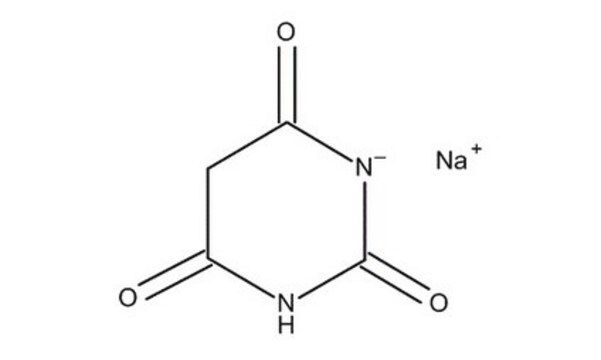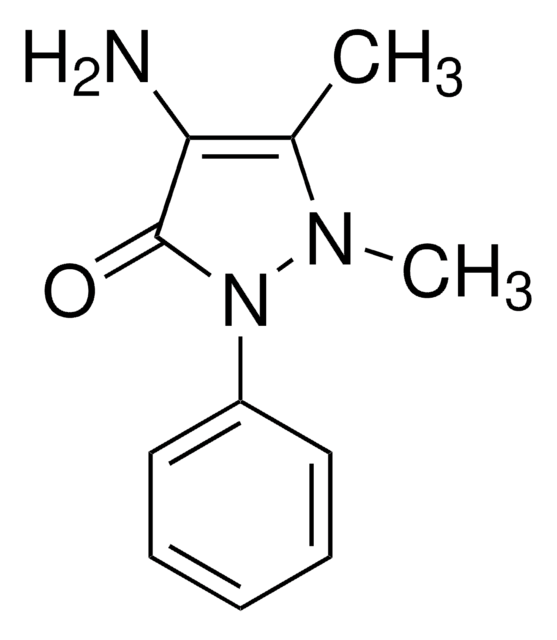Kluczowe dokumenty
11709
Barbituric acid
for spectrophotometric det. of cyanide, ≥99.5%
Synonim(y):
2,4,6-Trihydroxypyrimidine, Malonylurea
About This Item
Polecane produkty
Poziom jakości
Próba
≥99.5% (HPLC)
≥99.5%
Formularz
solid
jakość
for spectrophotometric det. of cyanide
metody
UV/Vis spectroscopy: suitable
pozostałość po prażeniu
≤0.05%
mp
248-252 °C (dec.) (lit.)
ślady anionów
chloride (Cl-): ≤50 mg/kg
sulfate (SO42-): ≤500 mg/kg
ślady kationów
Ca: ≤10 mg/kg
Cd: ≤5 mg/kg
Co: ≤5 mg/kg
Cr: ≤5 mg/kg
Cu: ≤5 mg/kg
Fe: ≤5 mg/kg
Mg: ≤10 mg/kg
Mn: ≤5 mg/kg
Ni: ≤5 mg/kg
Pb: ≤5 mg/kg
Zn: ≤5 mg/kg
ciąg SMILES
O=C1CC(=O)NC(=O)N1
InChI
1S/C4H4N2O3/c7-2-1-3(8)6-4(9)5-2/h1H2,(H2,5,6,7,8,9)
Klucz InChI
HNYOPLTXPVRDBG-UHFFFAOYSA-N
Szukasz podobnych produktów? Odwiedź Przewodnik dotyczący porównywania produktów
Powiązane kategorie
Opis ogólny
Zastosowanie
Kod klasy składowania
11 - Combustible Solids
Klasa zagrożenia wodnego (WGK)
WGK 1
Temperatura zapłonu (°F)
302.0 °F - closed cup
Temperatura zapłonu (°C)
150.00 °C - closed cup
Środki ochrony indywidualnej
Eyeshields, Gloves, type N95 (US)
Wybierz jedną z najnowszych wersji:
Masz już ten produkt?
Dokumenty związane z niedawno zakupionymi produktami zostały zamieszczone w Bibliotece dokumentów.
Klienci oglądali również te produkty
Nasz zespół naukowców ma doświadczenie we wszystkich obszarach badań, w tym w naukach przyrodniczych, materiałoznawstwie, syntezie chemicznej, chromatografii, analityce i wielu innych dziedzinach.
Skontaktuj się z zespołem ds. pomocy technicznej
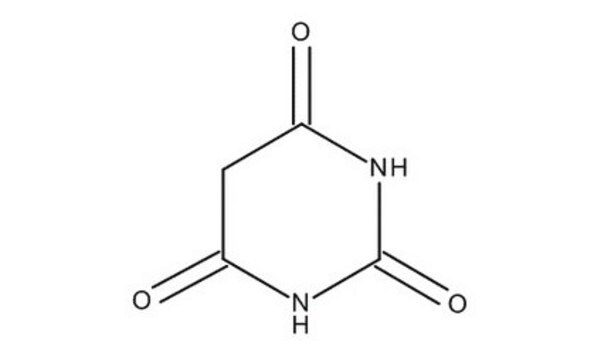

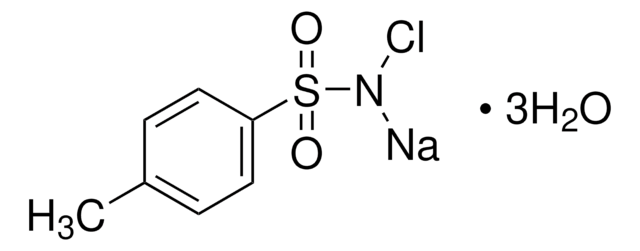

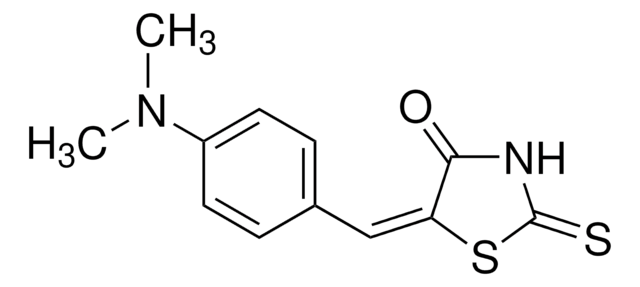

![Roztwór wzorcowy cyjanku traceable to SRM from NIST K₂[Zn(CN)₄] in H₂O 1000 mg/l CN Certipur®](/deepweb/assets/sigmaaldrich/product/images/920/032/af45eec3-100b-4996-8eb3-c3942d441bc9/640/af45eec3-100b-4996-8eb3-c3942d441bc9.jpg)
